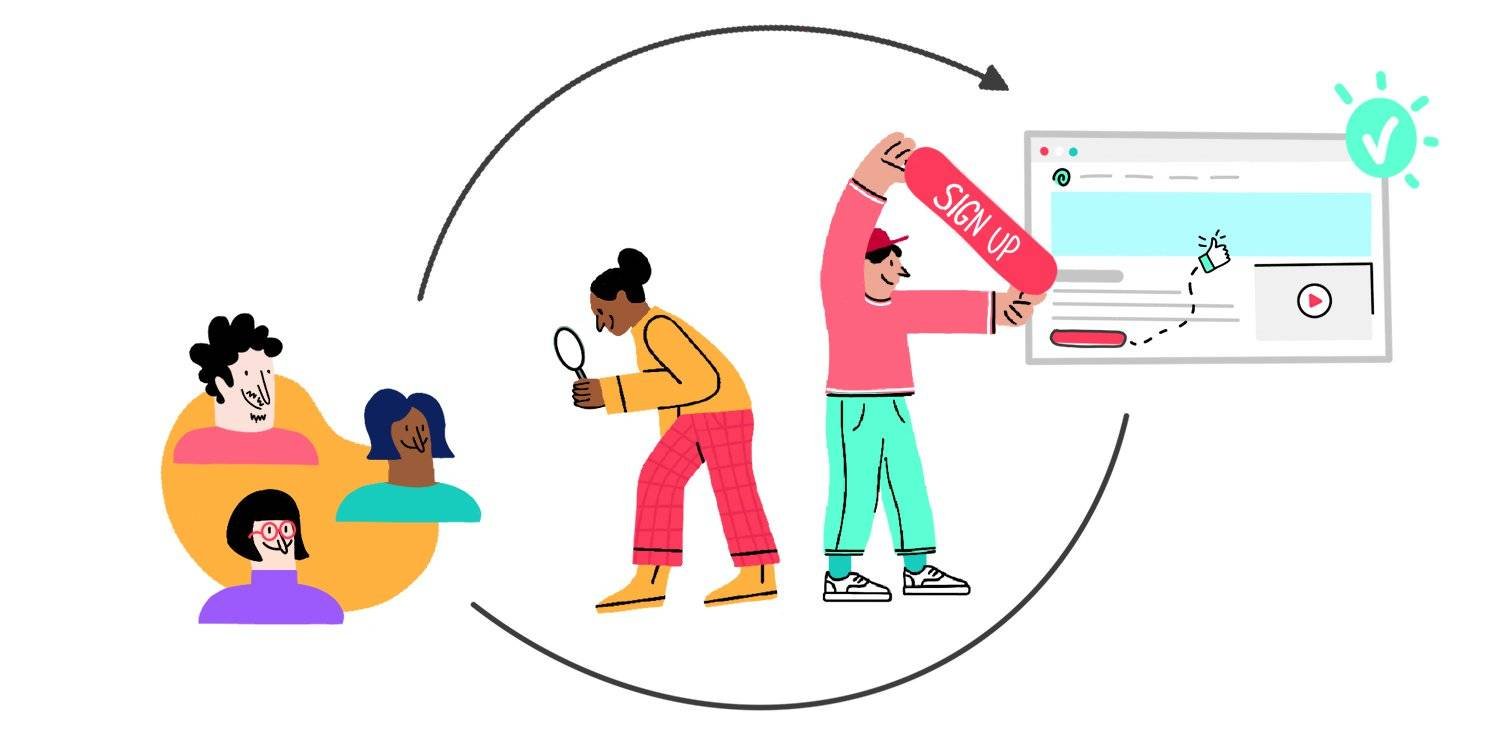Website conversions refer to the process of turning website visitors into customers or leads. This can be achieved through a variety of different actions, such as making a purchase, signing up for a newsletter, filling out a contact form, or downloading an e-book.
Website conversions are often used as a key performance indicator (KPI) to measure the success of a website, as they provide insight into how effectively the website is able to convert visitors into customers or leads.
A high conversion rate indicates that a website is effectively engaging and convincing its visitors to take a desired action, while a low conversion rate may indicate a need for improvement in website design, content, or marketing strategies.
Website conversions can be increased by implementing several strategies such as optimizing website design, creating compelling content, A/B testing, personalization, optimizing checkout process, leveraging social proof, retargeting, mobile optimization, and utilizing urgency and scarcity.
These strategies work by making the website experience more relevant, engaging and trustworthy to the visitors, simplifying the checkout process, reminding the visitors about the website and its products and services through retargeting and creating a sense of urgency and scarcit
Some of the most effective strategies that can increase website conversions include:
- Optimizing website design: A clean, well-designed website that is easy to navigate can help increase conversions by making it easier for visitors to find what they are looking for.
- Creating compelling content: High-quality, relevant content can help build trust and credibility with visitors, making them more likely to convert.
- A/B testing: Running A/B tests on different elements of the website, such as headlines, button colors, and calls to action, can help identify what changes lead to the greatest increase in conversions.
- Personalization: Personalizing the website experience for different segments of visitors can help increase conversions by making the experience more relevant and engaging.
- Optimizing the checkout process: Making the checkout process as simple and seamless as possible can help reduce cart abandonment and increase conversions.
- Leverage social proof: Showing customer testimonials, reviews, and ratings can help build trust and credibility with visitors, making them more likely to convert.
- Make use of retargeting: Retargeting ads help to remind visitors about your website, products, and services after they leave, which can encourage them to return and convert.
- Mobile optimization: With mobile usage surpassing desktop usage, optimizing your website for mobile is crucial for conversions as a non-optimized website can lead to high bounce rates on mobile.
- Utilize urgency and scarcity: Creating a sense of urgency or scarcity can encourage visitors to convert, as they may feel that they need to act quickly in order to take advantage of a limited-time offer or limited stock.


